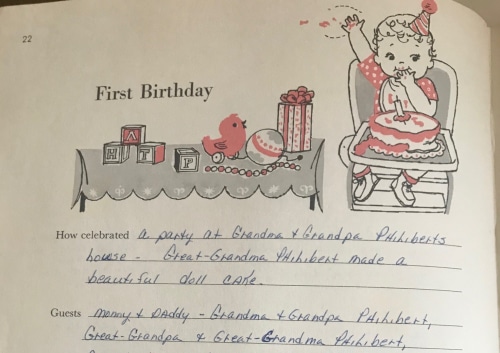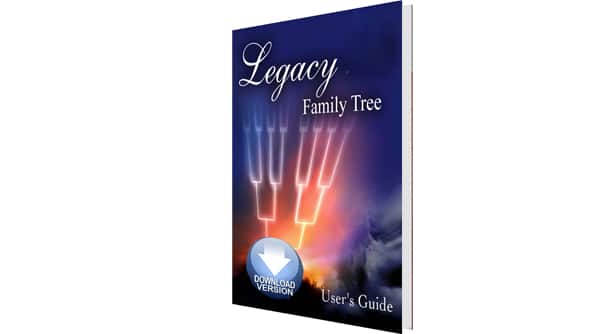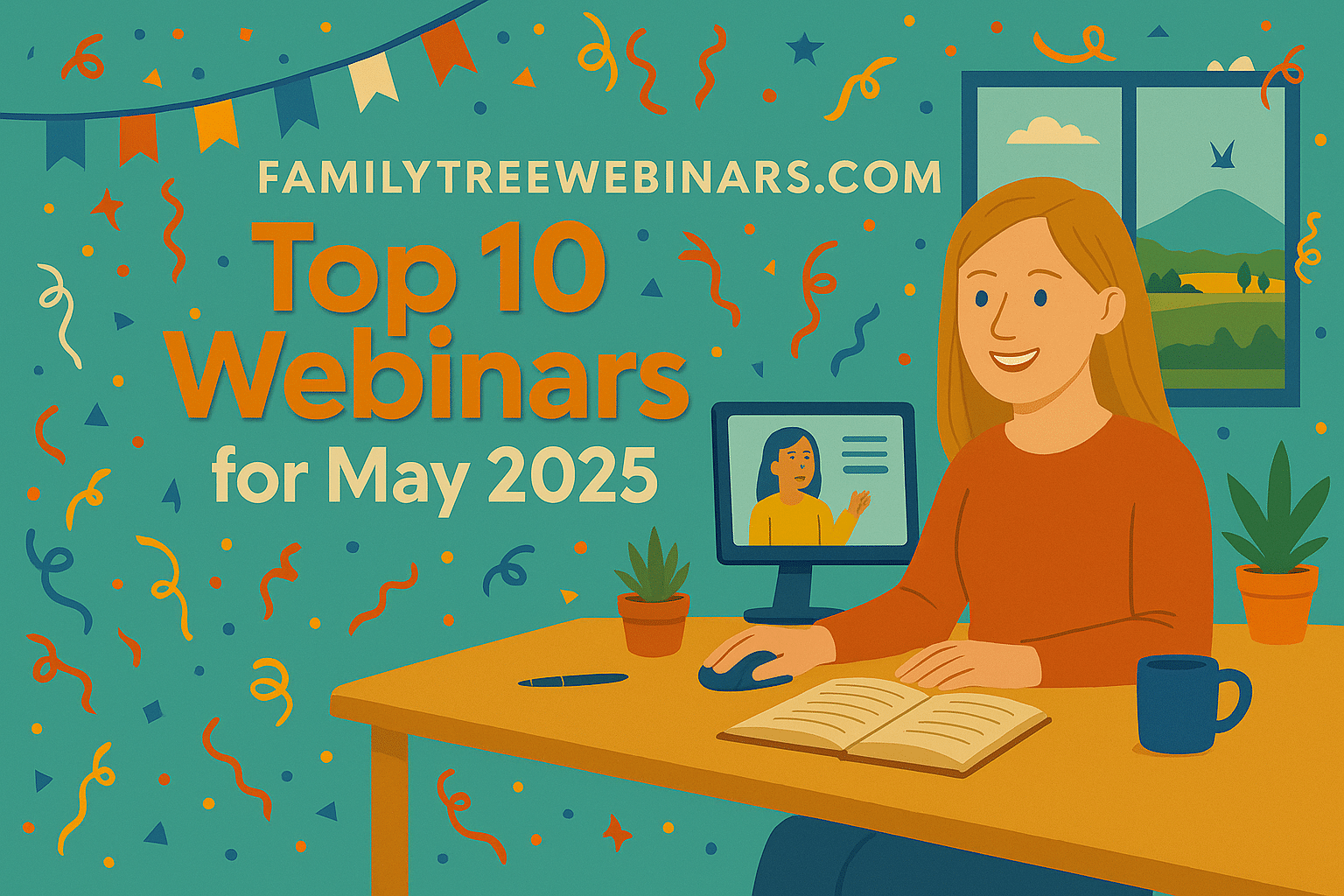Recently the JSTOR Daily blog featured a post based about an academic study of baby books. The Long-Lost Ritual of Baby Books was a summary of an article by Janet Golden and Lynn Weiner titled Reading Baby Books: Medicine, Marketing, Money And The Lives Of American Infants which is a look at the history of baby books. The authors discuss reading baby books as history and that baby books not only record historical information but they include observations. Golder and Weiner write:
Situated between biographies – with their accounts of lives lived within particular historical contexts – and scrapbooks – with their displays of accumulated materials deliberately arrayed for presentation – baby books can be said to be like birder's notebooks. They record information, but also include personal observations. For historians they serve as records of individual experiences seen at close range and as field guides to nursery experiences as the entry pages change. Mothers (the writers of all the baby books we viewed) were clearly conscious of writing for themselves and for the children who would inherit the books.[1]
The authors remind the reader that “babies had a history” and that baby books are an often “neglected source” that should be examined.[2]
Home Sources
Reading the blog post and the article got me thinking of ignored home sources. Although baby books are a more recent source,they are not a common source. While I did find thousands of results from an ArchiveGrid search on “baby book” they are largely a home source. Not everyone's family kept a baby book and while you may not have access to a more recent ancestor's baby book, you may at least have you own.
Genealogical Mentions
Family history isn’t just about researching the dead. It’s also about documenting the living. A baby book can provide us some information and clues as we document our own lives. They also provide what genealogical sources often give us, they situate people in time and place.
What can baby books hold for the family historian? A quick look at my baby book revealed:
- Greeting cards from family and friends with notes
- The newspaper from the day I was born
- Newspaper notice of my birth
- Names of visitors
- Gifts and the names of those who gave them
- Family tree with photos
- Photographs from birth to 7 years.
- Photographs of friends
- Doctor visits and progress
- Holiday and birthday celebrations
Besides learning that at 4 months old I drank soda and enjoyed traveling, I found signatures for my grandparents and great-grandparents, read my birth announcement, and learned a little more about my first years.
So what’s this got to do with genealogy? Our family history should include ourselves. We should not only “interview” ourselves but gather records, both official and the unofficial. Home sources whether they be photographs, scrapbooks, correspondence or baby books, help us to tell our story. They provide the chance to illustrate our story with images and to write about events that we don’t remember but are part of our lives.
Have you used a baby book for your genealogy? Do you have baby books for your parents or grandparents? I’d love to hear about it in the comments below.
[1] The article is available at https://www.jstor.org/stable/pdf/41305376.pdf?refreqid=excelsior%3Ad766d3bfc306c0c9b8897e7d74f2ab98
[2] “The Long-Lost Ritual of Baby Books,” JSTOR Daily (https://daily.jstor.org/the-long-lost-ritual-of-baby-books/: accessed 5 November 2020).
Gena Philibert-Ortega is an author, instructor, and researcher. She blogs at Gena's Genealogy and Food.Family.Ephemera. You can find her presentations on the Legacy Family Tree Webinars website.






I have my own baby book complete with my original birth certificate. I do not have any baby books of relatives. I don’t believe my grandmother did that for any of her kids. She was probably busy washing diapers for 7 kids!
I did not think about using it for genealogy.